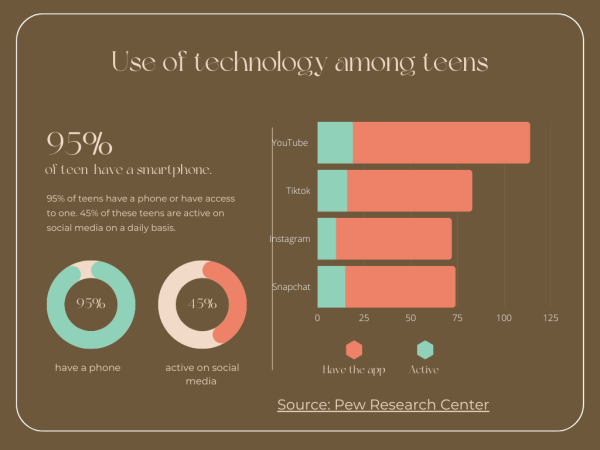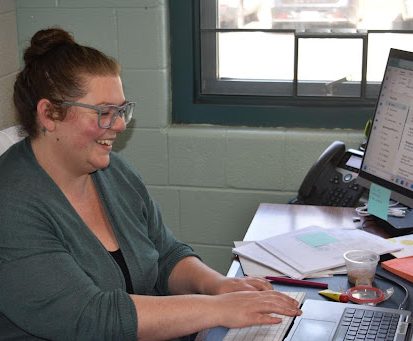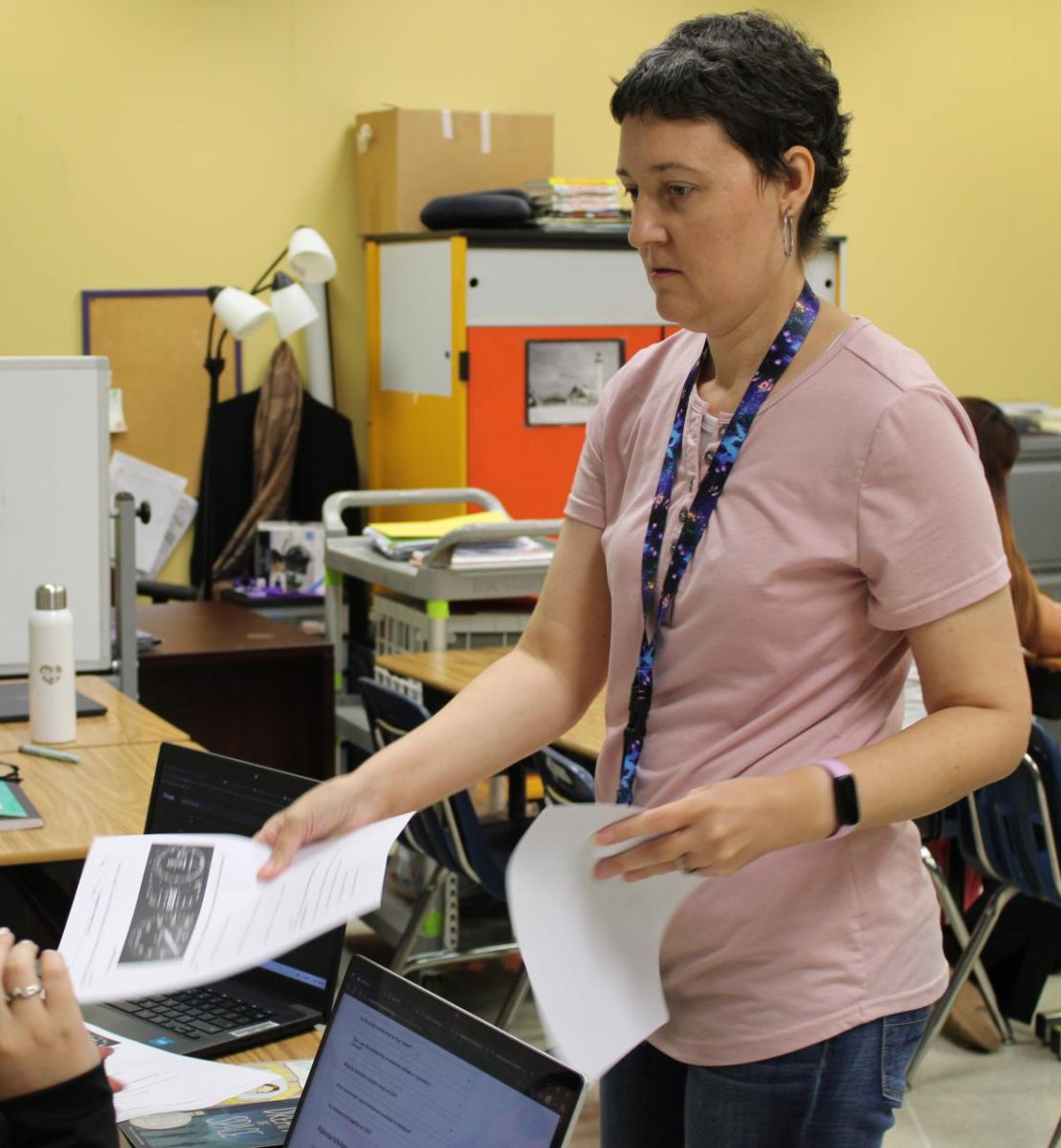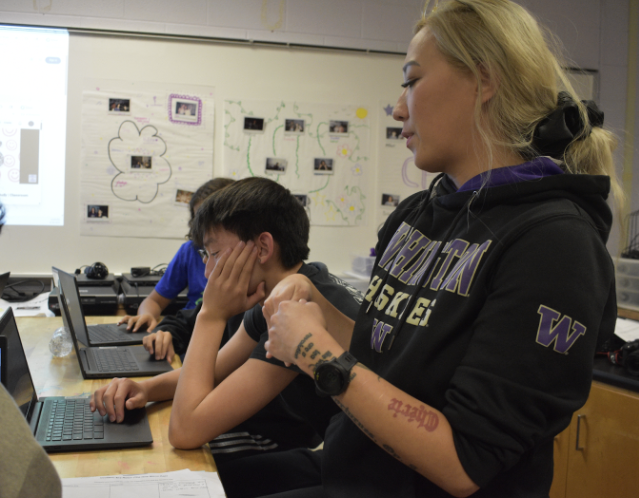
As students walk down the hallway trying to get to class, many are on their phones with airpods blasting music, barely paying any attention to their surroundings. According to a recent report from the Pew Research Center, 95% of teens use a smartphone and 45% say they are online almost constantly.
“You’re surrounded by kids your own age that you share more in common with, and nobody’s interacting,” psychology teacher and co-author of “Screen Schooled: two veteran teachers expose how technology overuse is making our kids dumber” Matt Miles said. “Nobody’s actually discussing anything.”
Social media started dominating pop culture among the younger generation during the early 2000s, making Generation Z unique from previous generations. Teenagers are constantly on social media, which can harm their developing brains, studies from the University of North Carolina show. Most usage of social media starts during the adolescent period.
“Social media has many benefits and many downsides too,” freshman Everett Coote said. “We have a shorter attention span and we’re not as involved in the real world since we’re in our online ecosystem a majority of the time.”
Studies from Annie E. Casey Foundation show high use of social media among adolescents affects anxiety, depression, low self-esteem and more. An Estimated 31.9% of adolescents have had an anxiety disorder according to the National Institute of Mental Health.
“The research supports this, that it’s one of the key factors behind things like an epidemic and mental health, soaring rates of depression, anxiety, suicide and loneliness,” Miles said. “We’re looking at a generation in the midst of a mental health crisis. There are benefits for sure, but at a pretty huge cost.”
According to reports from Pew Research Center, 13% of U.S teens experienced a depressive state this year. Studies show teenagers’ depression rates increase each year at the same time as use of social media increases each year.
“People can talk to each other easier with technology, but also we spend so much time on technology that we don’t talk to each other,” freshman Cami Wang said.

(Huda Noorzai)
Gitnux data report shows, on average teenagers spend seven hours and twenty-two minutes on their technology daily. More time spent online means less interaction with peers leading to isolation and loneliness according to Common Sense Media.
“The problem is you’re not socializing on social media,”Miles said. “There’s an indirect interaction that’s not really a deep kind of connection. Humans are social animals. We thrive and succeed because we interact with other people.”
Many teachers are concerned about the lack of interaction in the classroom due to social media and technology. A study from Bethel University shows the use of technology makes things more effective,more efficient, and all together makes things easier for both parties. However, the use of technology also creates distractions,cheating, and proves technology doesn’t have a positive impact on performance of students.
“It’s not something where we’re wagging our finger at kids,” Miles said. “In the 90’s, tobacco companies were manipulating the media trying to get kids addicted. As a society we did something about it. Here we are 10, 20 years later with big tech doing the same thing to kids.”








